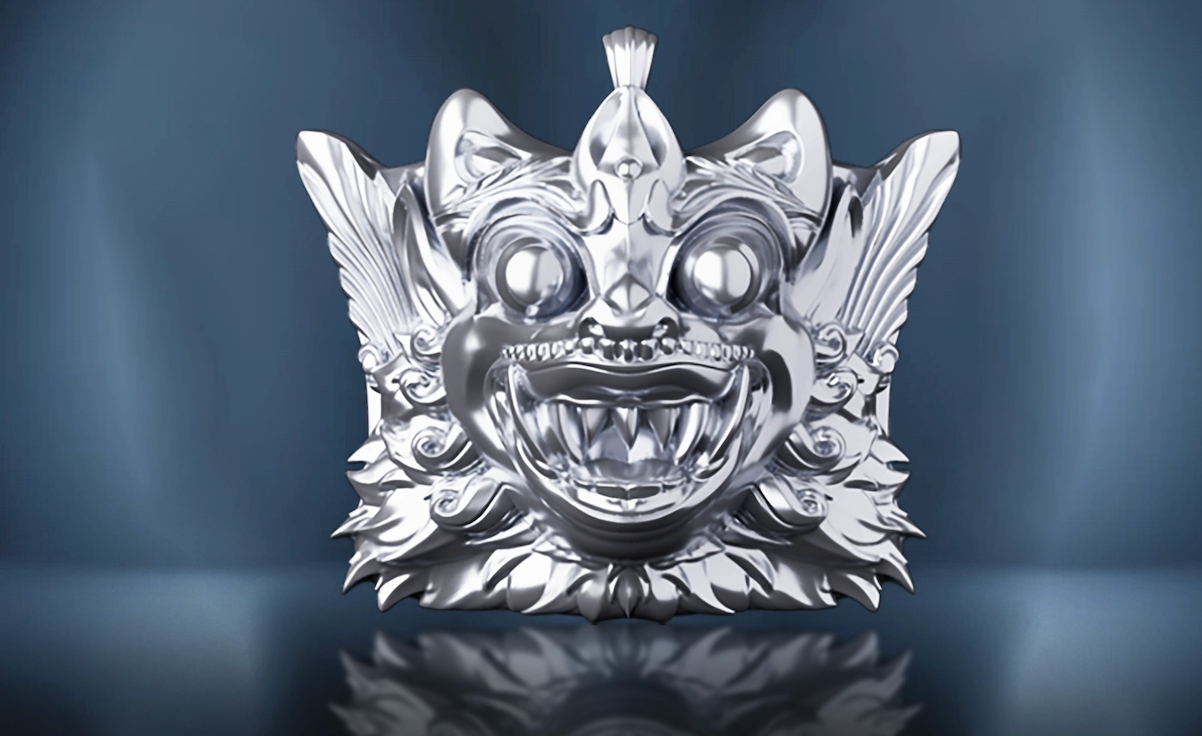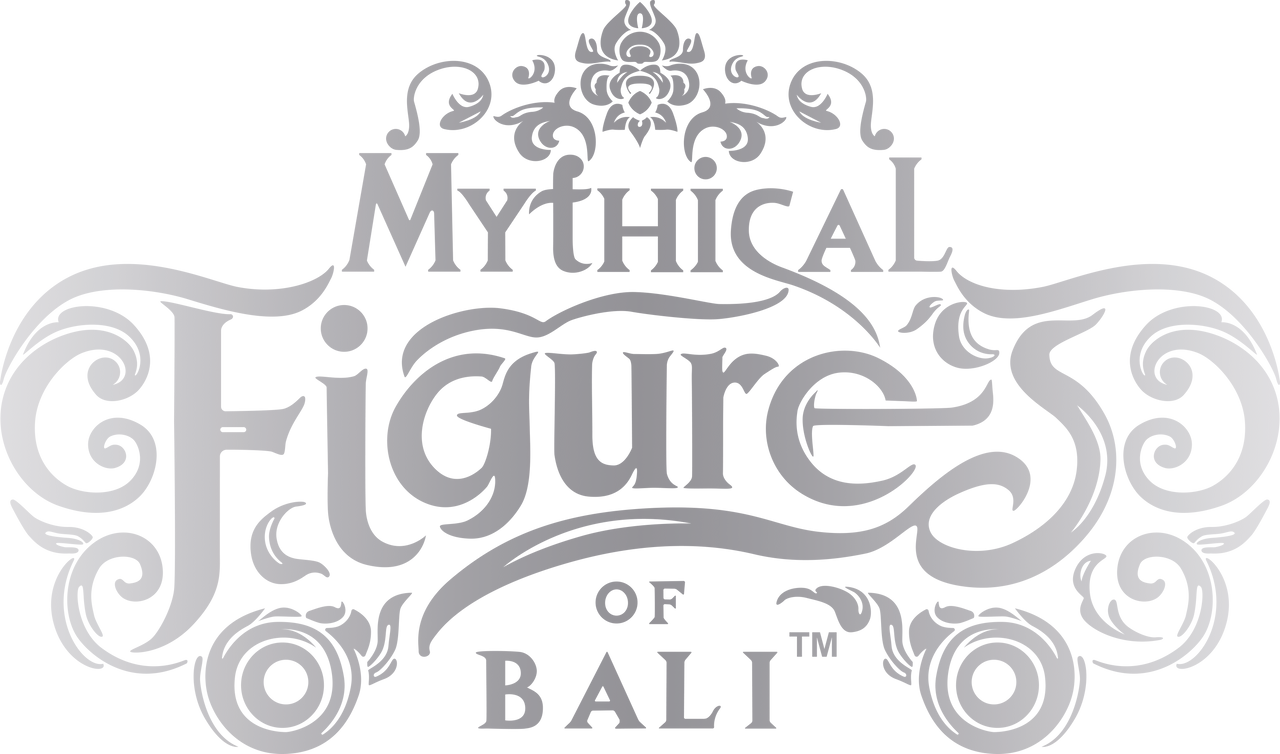
The Lion: Symbol of Courage, Majesty, and Leadership in Bali
Although the lion is not native to Bali, it holds a powerful and symbolic presence across Southeast Asia—and in the Mythical Figures of Bali™ collection, it has earned its rightful place as a figure of mythic resonance.
The lion represents power, nobility, and protection. It is a creature that transcends cultural boundaries, appearing across Hindu-Buddhist mythology, Balinese temple iconography, and Southeast Asian storytelling. In Balinese tradition, lions often appear not as animals of the jungle, but as spiritual archetypes—regal protectors, guardians of truth, and embodiments of royal dignity.
One of the most iconic representations of the lion in Bali is found in Singa Barong—a theatrical character whose leonine features combine strength and grace. The lion’s form also appears in temple architecture, where stylized lion heads are carved into columns and entrances, guarding the sacred spaces much like Dwarapala does.
In this context, the lion symbolizes leadership with integrity, courage with purpose, and strength tempered by wisdom. It is the figure that leads, defends, and inspires.
Interpreted in Sterling Silver
For the Mythical Figures of Bali™ collection, the lion was chosen not simply for its symbolic power, but for what it evokes in the modern wearer. The silver figure captures a majestic face—calm yet fierce, wise yet formidable. It is a design born from careful research and storytelling, sketched by hand and refined through 3D modeling and digital sculpture.
Once the final digital design was approved, the lion was 3D printed in high-definition brass and sent to Bali, where the real transformation began. Rubber molds were created, wax replicas were arranged into wax trees, and the pieces were then cast using traditional methods passed down for generations in Celuk village.
Every detail was preserved—from the lion’s flowing mane to the dignified curve of its brow. Once cast, the figure was carefully polished, detailed, and oxidized to create depth and shadow. A subtle engraving of the logo and the 925 sterling silver mark was applied using a laser, giving each lion its final signature.
A Symbol for the Bold
The Lion bracelet is not a decorative accessory—it is a statement. It carries with it the essence of Bali’s spiritual guardianship and Southeast Asia’s storytelling traditions. It speaks to those who walk with quiet confidence, who protect without noise, and who lead with vision.
Wearing the lion is a choice: to embody courage in the face of adversity, to rise with dignity in times of doubt, and to stay rooted in one's values no matter the pressure.
